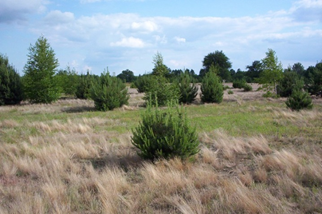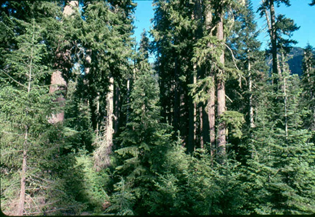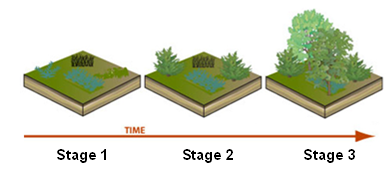Close
Stage 1

Secondary secession occurs following a major disturbance to an ecosystem, such as the clearing of farmland or a forest fire. The soil is still intact, although some of the organic nutrients may have been depleted. Annual plants and weeds are the first to grow in an area undergoing secondary succession. Annual plants complete their life cycle in one year. These are considered pioneer species. The pioneer species will add nutrients to the soil. Animals also begin to inhabit the areas. Insects usually appear first and then rodents. Larger mammals are the last to appear.
Close
Stage 2

Next, opportunistic plants begin to grow. These are perennial plants, plants whose life span is more than two years, and small shrubs and trees. As shrubs and small trees being to grow, the abiotic factors in the environment start to change. The shrubs and small trees provide shade and allow the soil to hold more moisture. The biodiversity of a community continues to increase as it ages. More and more plants and animals begin to inhabit the area.
Close
Stage 3

In the final stage, the climax community, trees are established. The soil in a climax community is mature and can support diverse populations of plants and animals.



